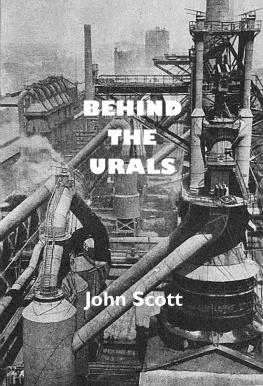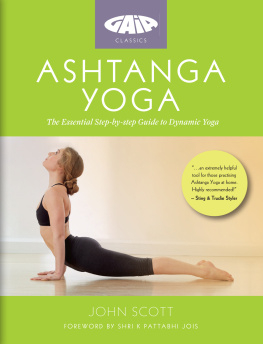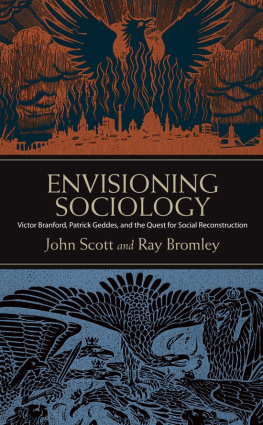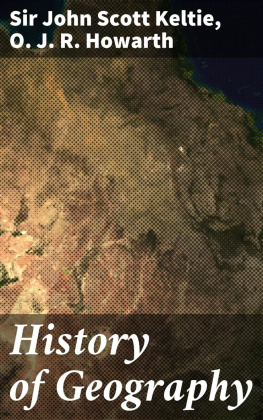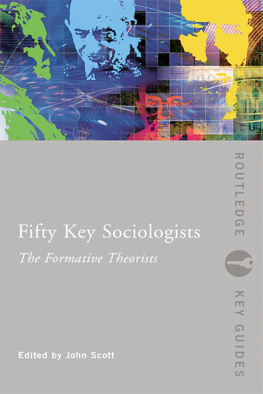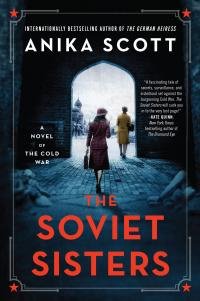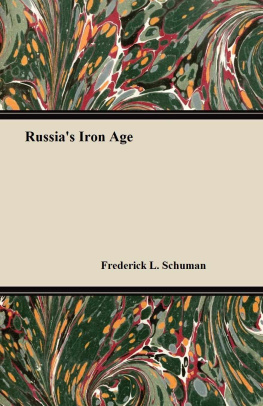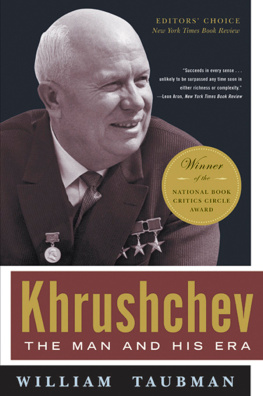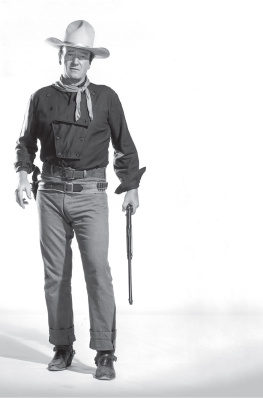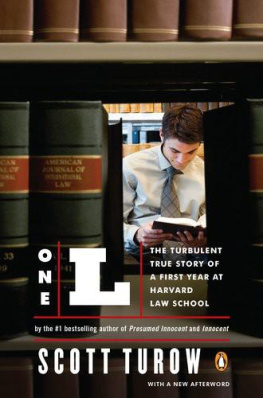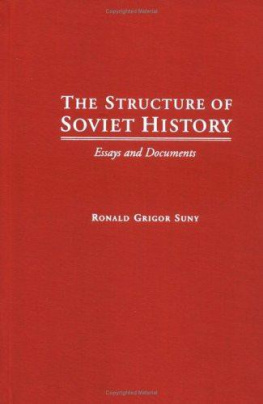About the Author and this Epub
John Scott
Early Life
Scott (1912-1976) was the son of radical left-wing economist Scott Nearing and Nellie Marguerite Seeds Nearing.
He dropped his father's name after a disagreement with him. After attending the University of Wisconsin for two years, in 1931 he was 'smitten with wanderlust', and soon decided to work in the Soviet Union. First in New York, he learned to be a welder and was awarded his welder's certificate; then in 1932 at the age of 20 he traveled to the Soviet Union where he worked as a for 3 years as a welder and later as a chemical technician in Magnitogorsk, one of Stalin's Five Year projects to industralize the Soviet Union. Magnitogorsk was located east of the Ural Mountains near the border with Kazahstan, and was chosen as a site for a large steel mill because it was unreachable by bombers based in Germany. During this time he married Mariya Kikareva (Maria Dikareva Scott (1911 - 2004). With the onset of Stalin's purge in 1937, he was unable to continue working at Magnitogorsk, so he moved the Moscow and worked as a French news correspondent and Moscow correspondent for Londons News Chronicle until his wife was able to obtain an exit pass to leave Russia with their two children in 1941.
He is most remembered for his 1942 book Behind the Urals: An American Worker in Russia's City of Steel about his experiences in Magnitogorsk. In the book he described the Stalinist enterprise of building a huge steel-producing plant and city for its workers as an awe-inspiring triumph of collectivism.
As a welder he often worked in unsafe conditions. In one case Scott recalls a rigger falling past him while he was working:
'I was just going to start welding when I heard someone sing out, and something swished down past me. It was a rigger who had been working on the very top. He bounced off the bleeder pipe...instead of falling all the way to the ground...[and] landed on the main platform about fifteen feet below me.'
Scott's writing documents the enormous human price of industrial accidents, overwork and work under very harsh climate conditions, undernourisment, and the inefficiency of the Soviet hyperindustrialization program; the wretched condition of richer peasants (kulaks) driven from their land, their homes and personal property confiscated, and being forced into becoming industrial laborers in Magnitogorsk and other locations; and the harshness of the ideological purges beginning in 1937.
His experiences in Magniogorsk, however, did not disillusion him with Soviet communism as of the time he wrote the book. Behind the Urals show that he shared a belief with many Soviet people of those times that 'it was worth shedding blood, sweat, and tears' to lay 'the foundations for a new society farther along the road of human progress than anything in the West; a society which would guarantee its people not only personal freedom but absolute economic security'
Later Life
There seems to be differences between Wikipedia's information about his life after Russia and that provided by the Connecticut Ridgefield Press obituary. According to Wikipedia after returning to the United States, he worked in the Office of Strategic Services (OSS), the predecessor of the CIA. Wikipedia/Conservapedia also states that evidence obtained from decrypting of Russian coded messages during WW II showed that Scott probably was a double agent and was providing information to the Soviet Union from 1942 to 1945, and perhaps longer. If so, he was never prosecuted, and the evidence for this allegation appears to be scanty.
According to the Ridgefield Press obituary, after returning to the United States, he covered World War II for Time Magazine. After the war, Mr. Scott became head of Time's Berlin bureau, and the family moved there until 1948 when they returned to the United States. He continued working for Time until his retirement in 1973. After retirement, he was vice president of Radio Free Europe and Radio Liberty. He died of a heart attack in December 1976. According to Kotkin (PBS Series, Yanks for Stalin) Scott became strongly anti-communist after leaving Russia. He wrote eight books on world hunger, politics, economics, and war. He also authored numerous widely circulated Time special reports, and gave more than 4,000 speeches and lectures. In 1948 when the family moved to Ridgefield, he and Masha built their stone-and-wood home with their own hands with some assistance from a local carpenter.
Modified from Wikipedia 2012 and Ridgefield Press obituary (reproduced on the website http://www.findagrave.com/) 2012
The source of the epub was the 1942 book published by Houghton Mifflin Company. Scanning was done with ABBYY FineReader 11 using an HP Scanjet 8300. The book contained lengthy appendices chiefly on the statistics of Soviet industry. I have only included the first two more general interest appendices, and have relocated them to the epub Endnotes section.
Contents
part one . Blood, Sweat, and Tears
part two . A Day in Magnitogorsk
part three . The Story of Magnitogorsk
part four . A Trip Through Stalin's Ural Stronghold
part five . Masha
part six . The Battle of Iron and Steel
part seven . Administration and the Purge
part eight . Socialist City
part nine . Exeunt
part ten . Epilogue What Makes Russia Click
PART TWO. A Day in Magnitogorsk
I
The big whistle on the power house sounded a long, deep, hollow six o'clock. All over the scattered city-camp of Magnitogorsk, workers rolled out of their beds or bunks and dressed in preparation for their day's work.
I climbed out of bed and turned on the light. I could see my breath across the room as I woke my roommate, Kolya. Kolya never heard the whistle. Every morning I had to pound his shoulder for several seconds to arouse him.
We pushed our coarse brown army blankets over the beds and dressed as quickly as we could I had good American long woolen underwear, fortunately; Kolya wore only cotton shorts and a jersey. We both donned army shirts, padded and quilted cotton pants, similar jackets, heavy scarves, and then ragged sheepskin coats. We thrust our feet into good Russian 'valinkis' felt boots coming up to the knee. We did not eat anything. We had nothing on hand except tea and a few potatoes, and there was no time to light a fire in our little homemade iron stove. We locked up and set out for the mill.
It was January, 1933. The temperature was in the neighborhood of thirty-five below. A light powdery snow covered the low spots on the ground. The high spots were bare and hard as iron. A few stars crackled in the sky and some electric lights twinkled on the blast furnaces. Otherwise the world was bleak and cold and almost pitch-dark.
It was two miles to the blast furnaces, over rough ground. There was no wind, so our noses did not freeze. I was always glad when there was no wind in the morning. It was my first winter in Russia and I was not used to the cold.
Down beside the foundation of Blast Furnace No. 4 there was a wooden shanty. It was a simple clapboard structure with a corrugated-iron roof nailed on at random. Its one big room was dominated by an enormous welded iron stove placed equidistant from all the walls, on a plate of half-inch steel. It was not more than half-past six when Kolya and I walked briskly up to the door and pushed it open. The room was cold and dark. Kolya fumbled around for a moment for the switch and then turned on the light. It was a big five-hundred-watt bulb hanging from the ceiling and it illuminated every corner of the bare room. There were makeshift wooden benches around the walls, a battered table, and two three-legged stools stood in a corner. A half-open door opposite the entrance showed a tremendous closet whose walls were decorated with acetylene torches, hose, wrenches, and other equipment. The floor of the closet was littered with electrodes, carbide generators, and dirt. The walls were bare except for two cock-eyed windows and a wall telephone. Kolya, the welders' foreman, was twenty-two, bigboned, and broad. There was not much meat on him, and his face had a cadaverous look which was rather common in Magnitogorsk in 1933. His unkempt, sawdust-colored hair was very long, and showed under his fur hat. The sheepskin coat which he wore was ragged from crawling through narrow pipes and worming his way into various odd corners. At every tear the wool came through on the outside and looked like a Polish customs officer's mustache. His hands were calloused and dirty; the soles of the valinkis on his feet were none too good. His face and his demeanor were extremely energetic.

